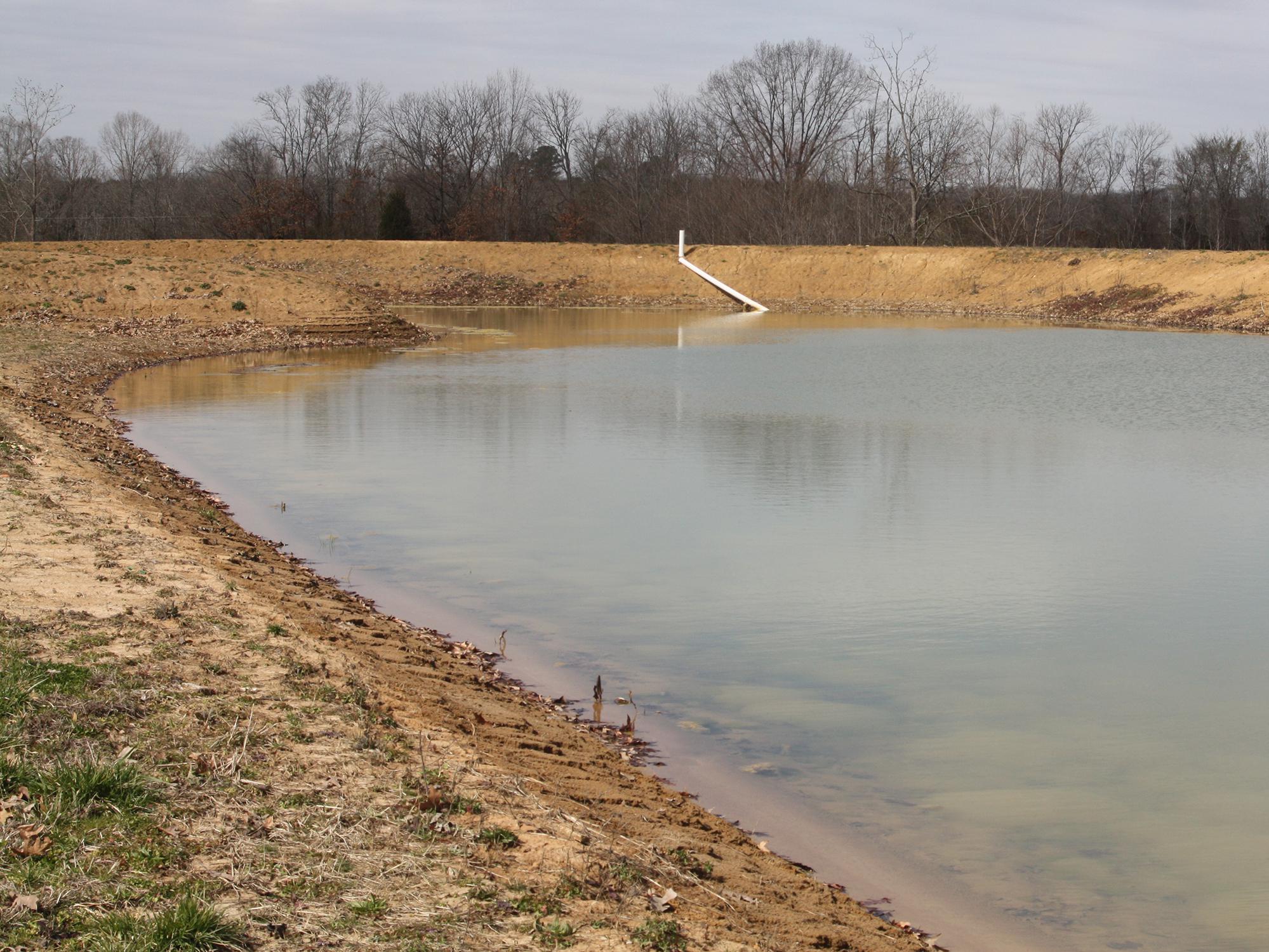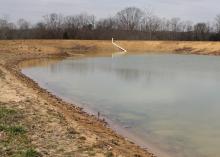Information Possibly Outdated
The information presented on this page was originally released on February 2, 2018. It may not be outdated, but please search our site for more current information. If you plan to quote or reference this information in a publication, please check with the Extension specialist or author before proceeding.
Weather patterns impact pond levels
STARKVILLE, Miss. -- Terms like climate change or global warming may elicit different responses depending on your political viewpoints, but one thing is certain: Our weather is changing.
Storms and flooding seem more frequent and violent, droughts seem more intense, fires seem more out of control, and sea levels are encroaching our coastal cities. Regardless of the causes or solutions, this is the new reality. These factors will certainly affect Mississippi’s estimated 160,000 ponds.
Unlike most of the United States, Mississippi did not become hotter during the last century, but its rainfall has changed considerably. Annual rainfall has increased overall, but it usually comes in heavier downpours than in the past. This means most of the water runs off into streams instead of percolating into the ground. The result is that our soils have become drier.
Lower soil moisture means less subsurface water flow and falling pond water levels. Sure, the heavy downpours can occasionally fill ponds, but during the dry summer months, ponds lose water more rapidly. You have probably noticed less water in your area’s ponds during recent summers.
Many people see dropping water levels in August and think immediately that their pond is leaking. While this is certainly possible, the pond may simply be suffering from high evaporation losses and limited water resupply. In the heat of summer, it is common to lose up to 1 inch of water per day to evaporation. As summer get longer each year, these losses can really add up.
There are ways to combat water losses to evaporation. One possible solution is to increase the size of the pond’s watershed. While this is not possible for all ponds, some are built in a way that a small amount of dirt work can redirect more surface flow into the pond. This is especially true for ponds in and around agriculture. However, increasing the watershed could increase water during rainy periods, but water levels could still drop during droughts.
Alternatively, pond water can be supplemented with well water. This is easiest and least expensive for ponds near structures that already have accessible well water. Otherwise, a well would need to be installed -- at significant cost.
Well water typically has no oxygen and may have dissolved materials that can be toxic to fish, so it needs to be aerated by spraying or cascading before it enters the pond. Aeration will oxidize metals like iron, which will then sink harmlessly to the bottom. Avoid adding too much water at once, as it could turn the pond over and kill fish. It is probably best to maintain the pond’s full water level, as opposed to filling a partially drained pond.
These two options are expensive and not appropriate for all ponds or budgets. Therefore, some pond owners may be able to reduce the effects of a changing climate, but most of us will probably just have to deal with it.

Editor’s Note: Extension Outdoors is a column authored by several different experts in the Mississippi State University Extension Service.




